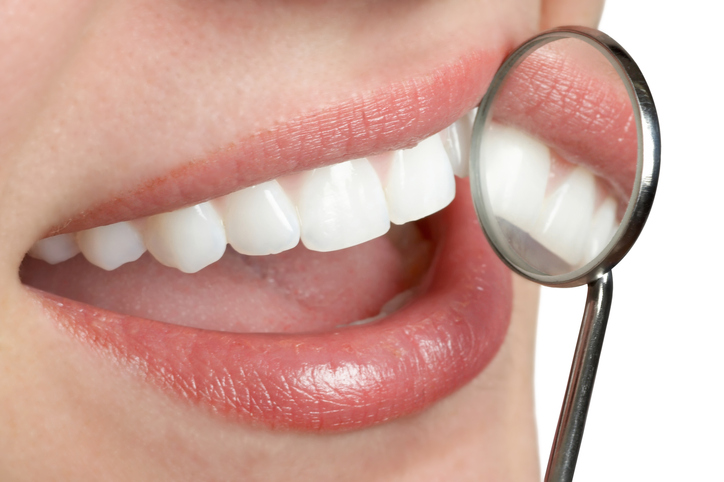Dental implants are a modern innovation that allows dentists to stabilize a replacement tooth and restore a patient’s full mouth function and appearance. These oral appliances consist of a crown and titanium rod that fuses to the jawbone, creating a durable and aesthetic replacement for a missing natural tooth.
are a modern innovation that allows dentists to stabilize a replacement tooth and restore a patient’s full mouth function and appearance. These oral appliances consist of a crown and titanium rod that fuses to the jawbone, creating a durable and aesthetic replacement for a missing natural tooth.
Unfortunately, successful dental implant installation hinges on your jawbone’s ability to accommodate the prosthetic root. For patients with severe bone tissue loss, a sinus lift (also known as sinus augmentation) is needed to bolster the height and thickness of the upper jaw.
This article looks at how a sinus lift can add extra bone volume in the area underlying the sinus membrane, preparing your jaw structure to accommodate dental implants that restore your confidence to smile.
Identifying the Need for Sinus Augmentation
A study by the National Institutes of Health (NIH) shows that within weeks of losing a molar or premolar in your upper jaw, the bone mass deteriorates and resorbs due to lack of physical stimulation. Consequently, the vacant tooth socket collapses, causing the floor of the maxillary sinus to expand into the roots of your teeth. Without a timely replacement of a knocked out or damaged tooth, too much of the underlying bone mass can be lost, leaving insufficient levels to support a dental implant.
Sinus lift surgery is appropriate for patients with missing teeth who need a bone graft on their upper jaw to support an artificial tooth. Besides tooth loss, the following factors can also cause massive bone resorption between the sinus and the mouth, necessitating an introduction of bioactive tissue to stimulate bone production in the area.
Sinuses Are Too Close to the Jaw
Older adults are often prone to gradual bone loss on their upper jaw as their sinuses enlarge with age. This bone thinning often leaves an insufficient gap between the maxillary sinus and cheeks to accommodate a tooth replacement for a lost premolar or molar. To correct this problem and ensure implant success, your periodontist can recommend a sinus augmentation procedure.
Periodontal Disease
Gum disease treatment prevents progressive damage to soft tissue and tooth enamel. If left unchecked, the condition can damage the underlying jaw structure and enlarge the sinus cavity, necessitating a sinus lift to recover the lost bone volume.
Ill-fitting or Damaged Dental Appliances
Dental bridges and dentures can get loose or damaged over time, reducing their capacity to support the teeth and gums. Without replacement, these dental appliances will eventually fail to stimulate your teeth and jaw, resulting in bone loss.
The Benefits of a Sinus Augmentation
A sinus lift surgery allows dental professionals to replace missing teeth and enhance the look, feel, and function of your mouth. Read on to learn the key benefits of undergoing sinus augmentation surgery.
Aids in Dental Implant Placement
The main benefit of a sinus lift is that it allows the body to replenish lost bone mass in the upper jaw. The installed bone graft stimulates bone production on the upper jaw, creating enough height and mass to support the implantation of an artificial prosthetic root and crown.
Sinus augmentation has emerged as the go-to solution for many patients who had previously been ruled out of dental implant surgery. The procedure allows periodontists to create extra space and bone so an artificial tooth replacement can be safely installed.
Halts Further Bone Resorption
The loss of natural teeth and the onset of gum disease continue to cause bone tissue resorption until treatment is administered to halt the deterioration in its tracks. A sinus lift not only stimulates bone production but reverses bone loss and enhances the strength of the underlying jaw structure. Bone grafting material also helps reverse damage to the teeth and gums, restoring chewing function and the appearance of your smile.
Protects the Sinus Membrane
Several complications can occur when the sinus wall is too close to the upper jaw. Essentially, the lack of space between the sinus and mouth places the thin sinus membrane at risk of being punctured by dental appliances. A sinus lift heightens the sinus bone, protecting the membrane lining from damage.
Steps in the Sinus Augmentation Procedure
Maxillofacial surgeons recommend a sinus lift graft to correct upper jaw bone loss caused by trauma to the teeth, ill-fitting dental appliances, or multiple oral diseases. The procedure involves lifting the maxillary sinus membrane to make room for a bone graft that accommodates a prosthetic root of a long-lasting artificial tooth.
Before the surgery, we will take a series of 3D images to examine the extent of bone resorption around the missing natural tooth. During the surgery, Dr. Roll numbs your gums and jaw tissue with a local anesthetic before making a small incision in the gum tissue. This opening allows her to expose the underlying jawbone and lift the sinus membrane lining near the missing molar/premolar.
Next, bioactive gels and bone grafting materials are carefully inserted between the sinus cavity and the jawbone. The surgical site is then closed with stitches, kick-starting the healing process in which the graft material fuses with the jaw to create a new bone mass.
Depending on the extent of bone loss, Dr. Roll can opt for a ‘vertical’ or ‘lateral’ sinus lift procedure. The result is the growth of a new sinus bone that will anchor a durable, beautiful implant. Most patients need between 4-12 months for the bone graft to augment into the jawbone and the sinus lift to heal.
Sinus Lift for Successful Dental Implant Surgery
A sinus lift can provide the sufficient mass and quality of jawbone required to qualify you for successful dental implant surgery. Having an experienced periodontist perform your sinus augmentation procedure can reduce the risk of complications such as sinus membrane perforation and chronic sinusitis. Contact us today!












